When winter arrives, your indoor plants face one of their toughest challenges of the year—not just from the cold outside, but from the dry, warm air indoors caused by home heating systems. While these systems keep you cozy, they can wreak havoc on your plants by sapping moisture from the air, drying out soil faster, and creating uneven temperature zones.
Fortunately, with the right care, your green companions can thrive even during the harshest winter months. Below, we’ll explore five essential tips for caring for plants during the winter heating season, so you can keep your indoor jungle vibrant, healthy, and stress-free all winter long.
1. Combat Dry Air with Proper Humidity
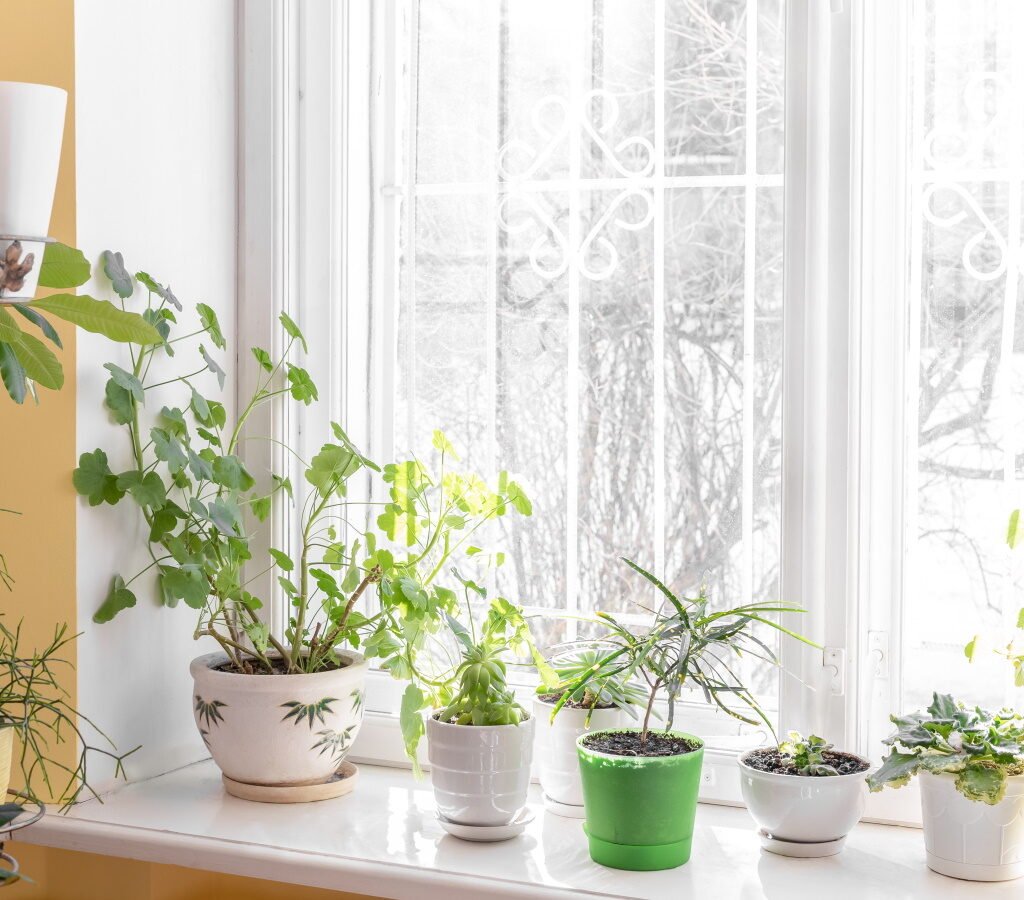
The biggest threat to indoor plants in winter isn’t the cold—it’s dry air. Most heating systems drastically reduce humidity levels, sometimes dropping them below 30%, while many houseplants—especially tropical species—prefer humidity levels between 40–60%.
How to maintain humidity for your plants:
- Use a humidifier: The easiest and most effective way to restore moisture in the air. Place a small cool-mist humidifier near your plants and set it to maintain about 45–50% humidity.
- Group plants together: Plants naturally release moisture through transpiration. Grouping them helps create a mini microclimate with higher local humidity.
- Pebble trays: Fill shallow trays with water and pebbles, and place pots on top (without letting them sit directly in the water). As the water evaporates, it adds gentle moisture to the surrounding air.
- Misting (use sparingly): Lightly misting leaves can help temporarily, but avoid overdoing it. Excess moisture on leaves during cool months can lead to fungal issues.
Bonus tip: Use a hygrometer to track indoor humidity levels. If you notice crispy leaf edges or curling leaves, your plants are begging for more moisture.
2. Watch Out for Temperature Fluctuations
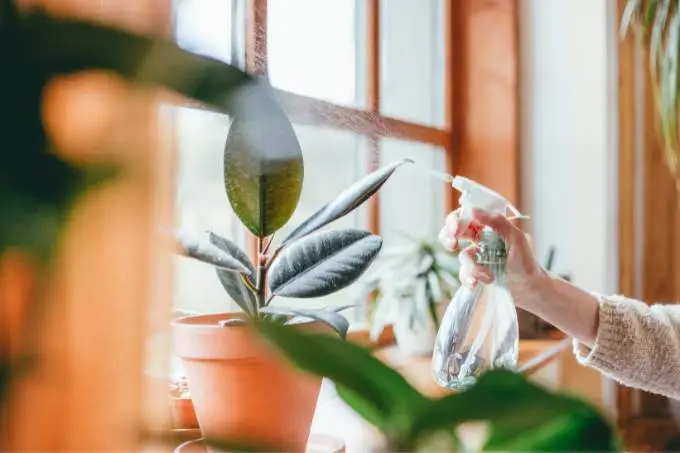
While heaters keep rooms warm, they often cause inconsistent temperature zones—warm near vents and cold near windows. Sudden shifts can shock plants, leading to leaf drop or stunted growth.
Ideal indoor temperature range:
Most houseplants thrive between 60–75°F (16–24°C) during the day and can tolerate slightly cooler temperatures (55–60°F or 13–16°C) at night.
How to protect your plants:
- Keep plants away from heating vents and radiators. The dry, hot air can scorch foliage or dry out the soil too quickly.
- Avoid cold drafts. Move plants away from windows or doors that are frequently opened during chilly weather.
- Use insulating curtains or blinds. At night, close them to reduce heat loss near windows where plants are placed.
- Rotate plants regularly. This ensures all sides get even light and temperature exposure, preventing uneven growth.
If you notice leaves turning brown at the edges or falling off suddenly, it might be due to temperature stress. Moving the plant a few feet away from its current spot can often fix the issue.
3. Adjust Watering Habits for the Season
One of the biggest mistakes plant owners make in winter is overwatering. Since plants grow more slowly during colder months, their water needs drop significantly. Meanwhile, dry indoor air may make it seem like they’re thirsty when they’re not.
Smart watering strategies for winter:
- Check the soil before watering. Stick your finger about an inch into the soil—if it feels dry at that depth, it’s time to water. If it’s still moist, wait a few more days.
- Use room-temperature water. Cold tap water can shock plant roots, especially in tropical species. Let it sit for a few hours before watering.
- Ensure proper drainage. Empty saucers after watering to prevent root rot.
- Water in the morning. This allows excess moisture to evaporate during the day, reducing the chance of mold or fungus.
Remember: Many plants, such as succulents, cacti, and snake plants, need very little water in winter—sometimes as little as once every 3–4 weeks. On the other hand, ferns and calatheas may need slightly more frequent attention due to their love of humidity.
4. Maximize Winter Light
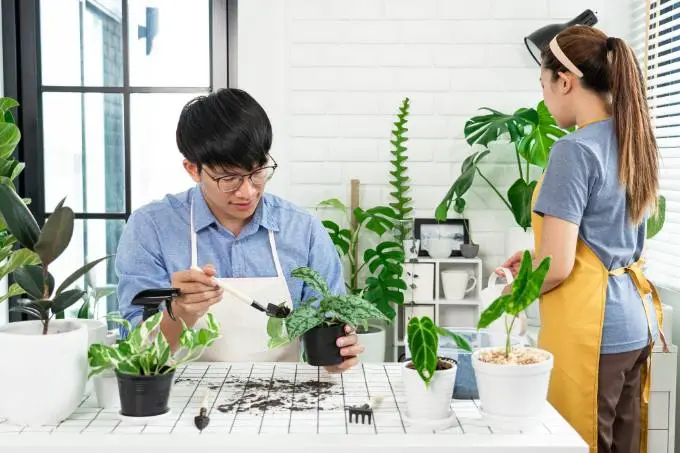
Winter days are shorter, and sunlight intensity drops dramatically—especially in northern regions. Since plants rely on light for photosynthesis, reduced light can slow their growth and cause legginess or yellowing leaves.
How to boost light levels for your plants:
- Move plants closer to windows. East- and south-facing windows offer the best light during winter. However, avoid direct exposure to cold glass panes—keep plants about 6–12 inches away.
- Clean your windows. Dust and grime can block up to 30% of available light. A quick wipe can make a huge difference.
- Rotate plants weekly. This helps ensure even growth and prevents leaning toward the light source.
- Supplement with grow lights. If your space doesn’t get much natural light, use full-spectrum LED grow lights for 10–12 hours a day. Position them about 12–18 inches above the plants.
If your plant’s new leaves appear smaller or pale, or if stems start stretching toward the light, it’s a clear sign they need more light exposure.
5. Reduce Fertilizing and Pruning—but Keep an Eye on Pests
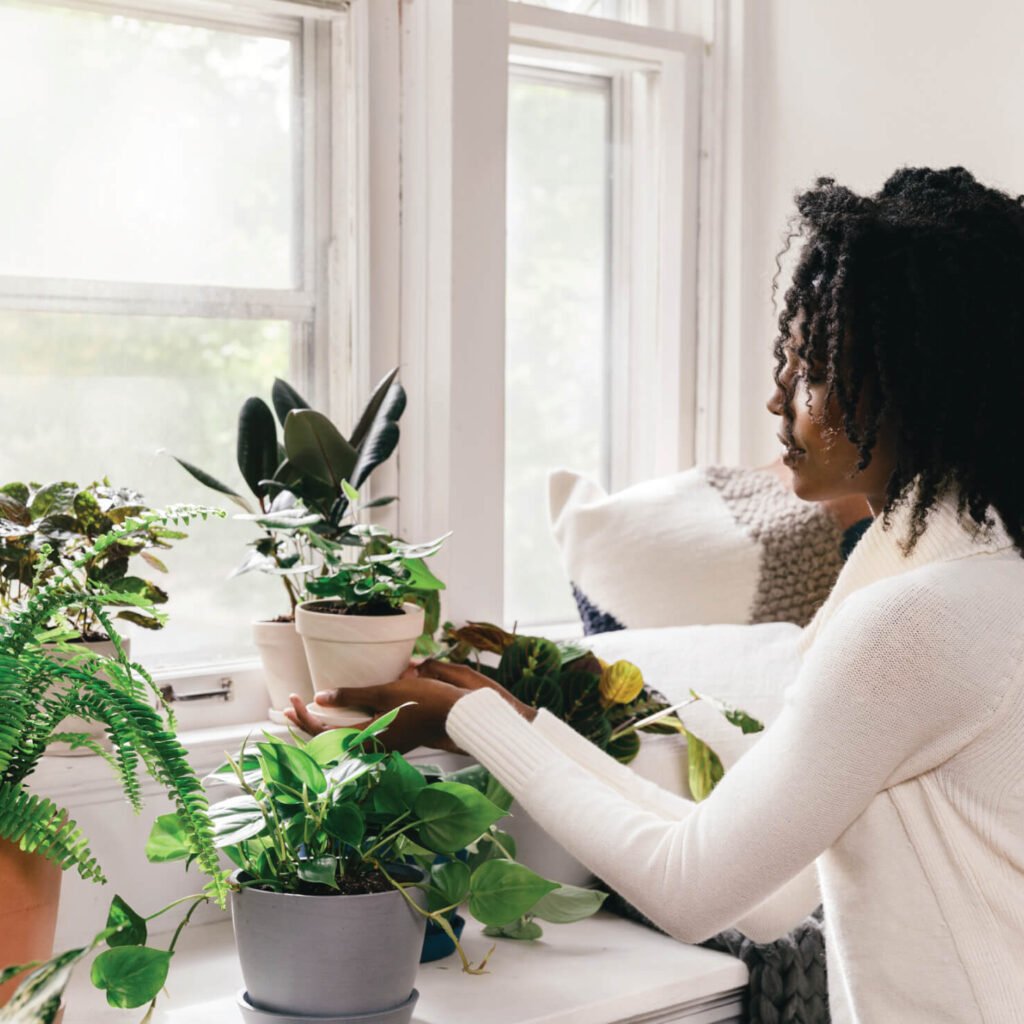
During winter, most plants enter a semi-dormant phase where growth slows or pauses altogether. As a result, they don’t need as much fertilizer or pruning as in the growing season.
Fertilizer tips:
- Stop feeding most plants from late fall through early spring. Over-fertilizing during dormancy can cause salt buildup in the soil, burning the roots.
- Resume light feeding in late February or March when new growth appears.
- For plants that continue to grow in winter (like herbs under grow lights), dilute fertilizer to half strength.
Pruning tips:
- Only remove dead or damaged leaves. Avoid heavy pruning—save that for spring.
- Use clean, sharp scissors to prevent disease spread.
Watch for winter pests:
Indoor conditions—warm air, dry leaves, and limited airflow—create ideal conditions for pests like spider mites, aphids, and fungus gnats.
To prevent infestations:
- Wipe leaves weekly with a damp cloth.
- Inspect new plants carefully before introducing them indoors.
- If pests appear, spray with neem oil or a mild soap-water mixture (1 teaspoon dish soap per liter of water).
Bonus Tip: Give Plants a Midwinter Refresh
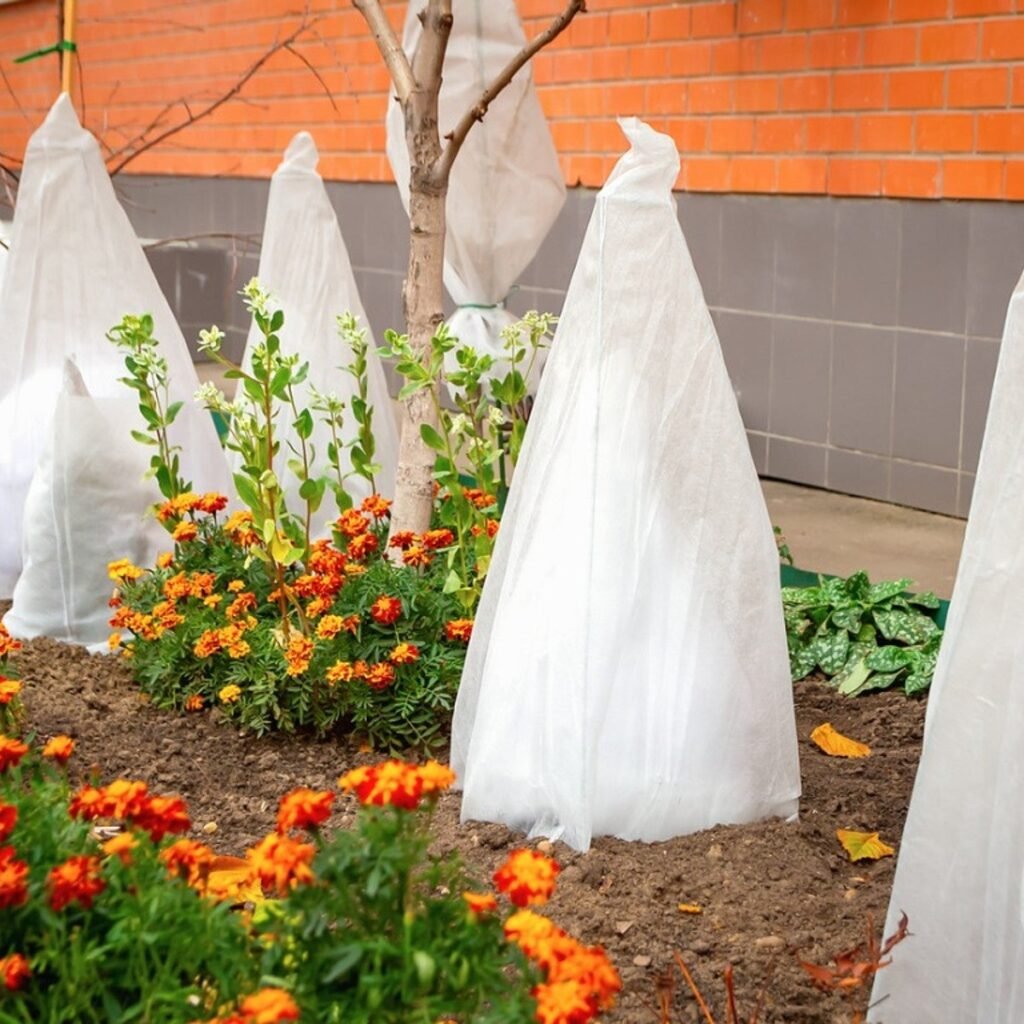
Even with the best care, winter dust and heating residue can build up on leaves, blocking light absorption. Once a month, give your plants a gentle refresh:
- Shower them lightly: Place them in the shower and rinse with lukewarm water to remove dust.
- Wipe leaves individually: For large plants, use a soft damp cloth instead.
- Check roots and repot if necessary: If roots are tightly packed or circling the pot, consider a slightly larger container when spring arrives.
Final Thoughts
The winter heating season doesn’t have to mean trouble for your plants. By managing humidity, temperature, watering, light, and feeding, you can create an indoor environment that keeps them thriving until spring returns.
Remember: plants don’t need pampering—they need balance. Keep the air comfortably humid, provide gentle light, and resist the urge to overwater or overfeed. With a few mindful adjustments, your indoor garden will not only survive the winter—it will emerge even healthier when the growing season begins again.
Healthy plants make for a happier home, especially when they stay green and strong despite the chill outside. Follow these five tips, and your leafy friends will thank you with vibrant growth and lush beauty all year round.
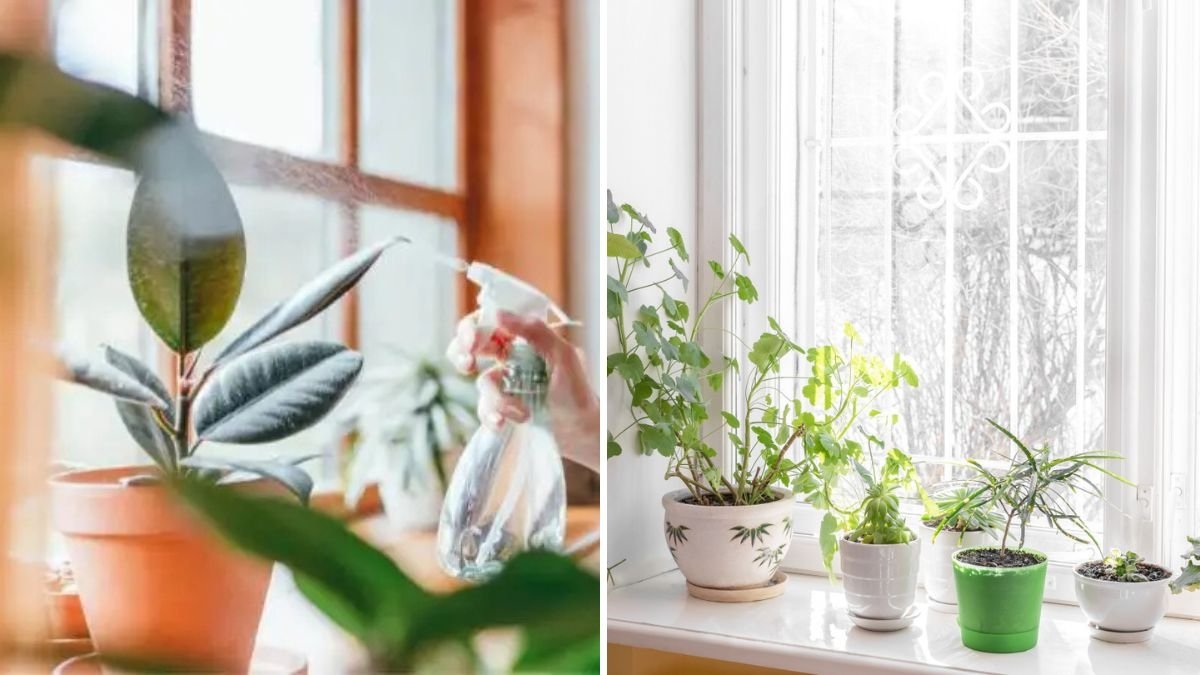




Leave A Comment